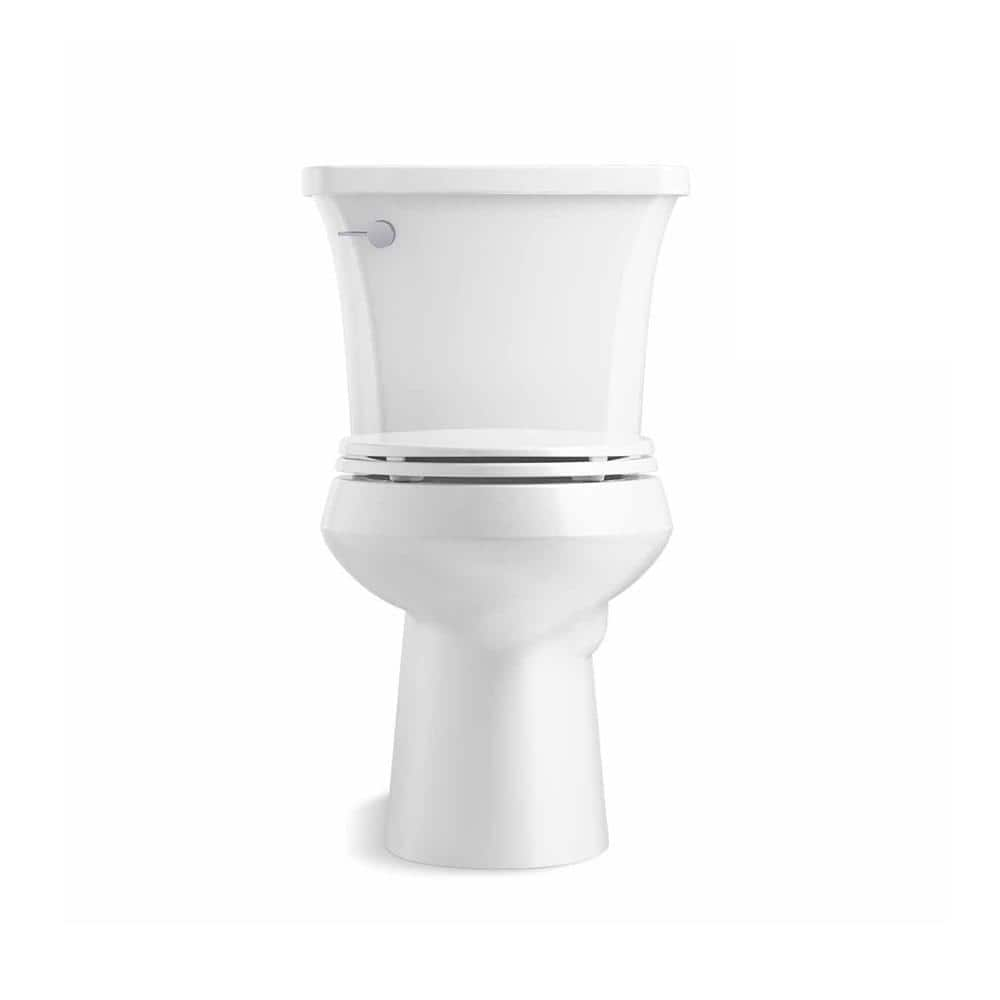Royal Craft Wood Natural Bamboo Bathtub Caddy/Bath Serving Tray for 2, Luxury Bathtub Accessories Set
This Royal Craft Wood Natural Bamboo Bathtub Caddy appears on the February Ellen’s List. Another Luxury Product from Royal Craft Wood. Natural Bamboo Bed and Bath Water Resistant Caddy Serving Tray Organizer for Cell Phone, Electronics and Accessories is the best way to start enjoying your time in an organized, comfortable and efficient way. Features: 2 Round Slots for Candles or Soap 2 Slide In Slots for Drink Glasses 2 Side Trays for Accessories or Food 1 Long Slot for iPad and 2 Cell Phones 4 Pounds, 29 Inches Wide Bath Friendly: Designed to be resistant to water and comfortable to use in the bathtub. With 2 round trays for candles and 2 slots for glasses of you and your partners favorite beverage.





NEWEST DESIGN TRAY with 100% Eco Friendly Natural BambooMULTI USE FUNCTIONS for Convenient Accessory Stuff PlacementBED AND BATH USE For Relaxing, Comfortable, and Pleasurable ExperienceLIGHTWEIGHT AND PORTABLE. 29 INCHES wide.Easy Movement and FunctionNatural Bamboo WoodWine SlotsPhone and Tablet SlotCandle SlotsSize: 29″ x 9.75″




Reviews
There are no reviews yet.